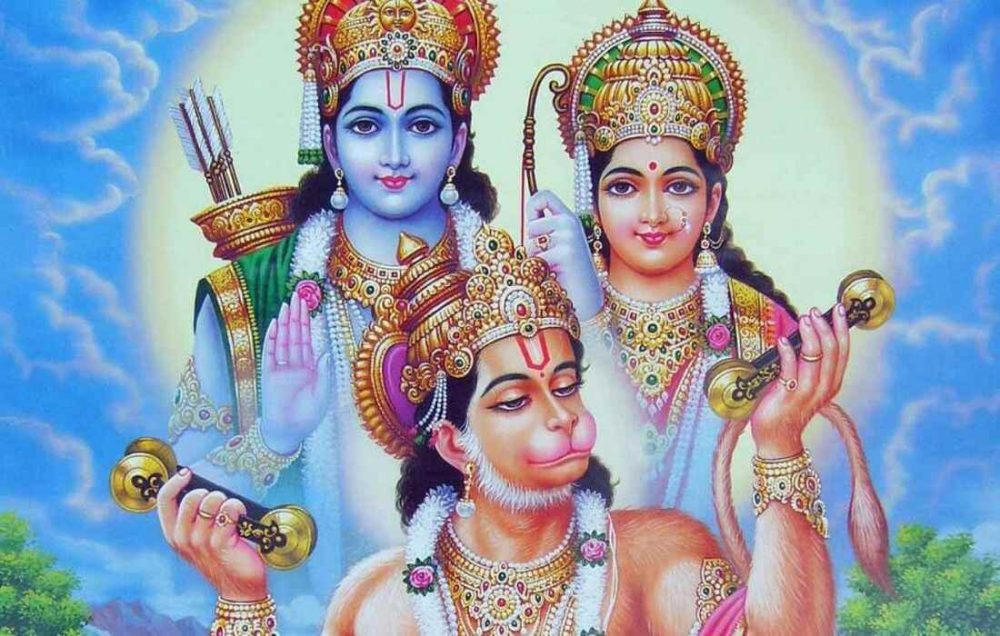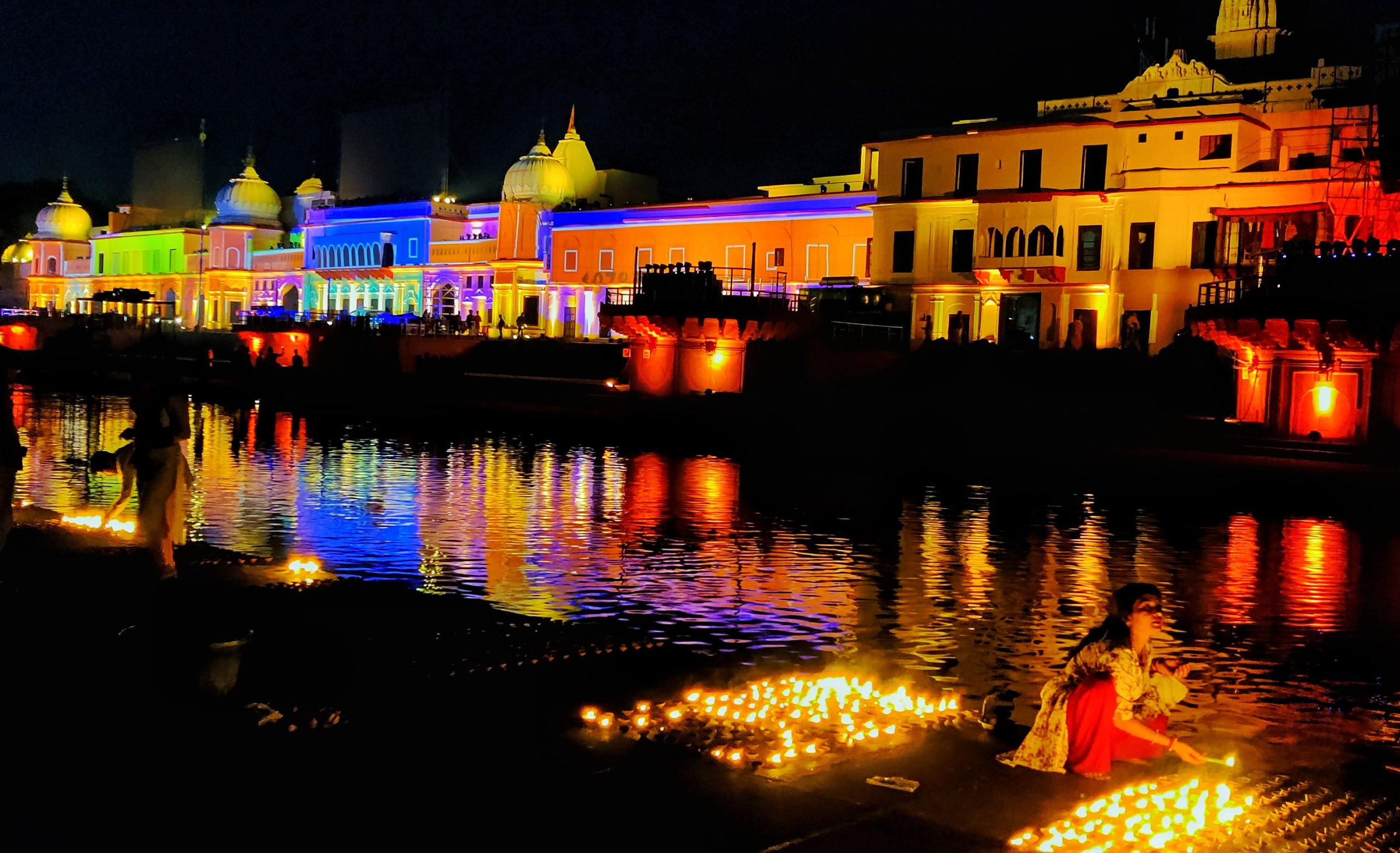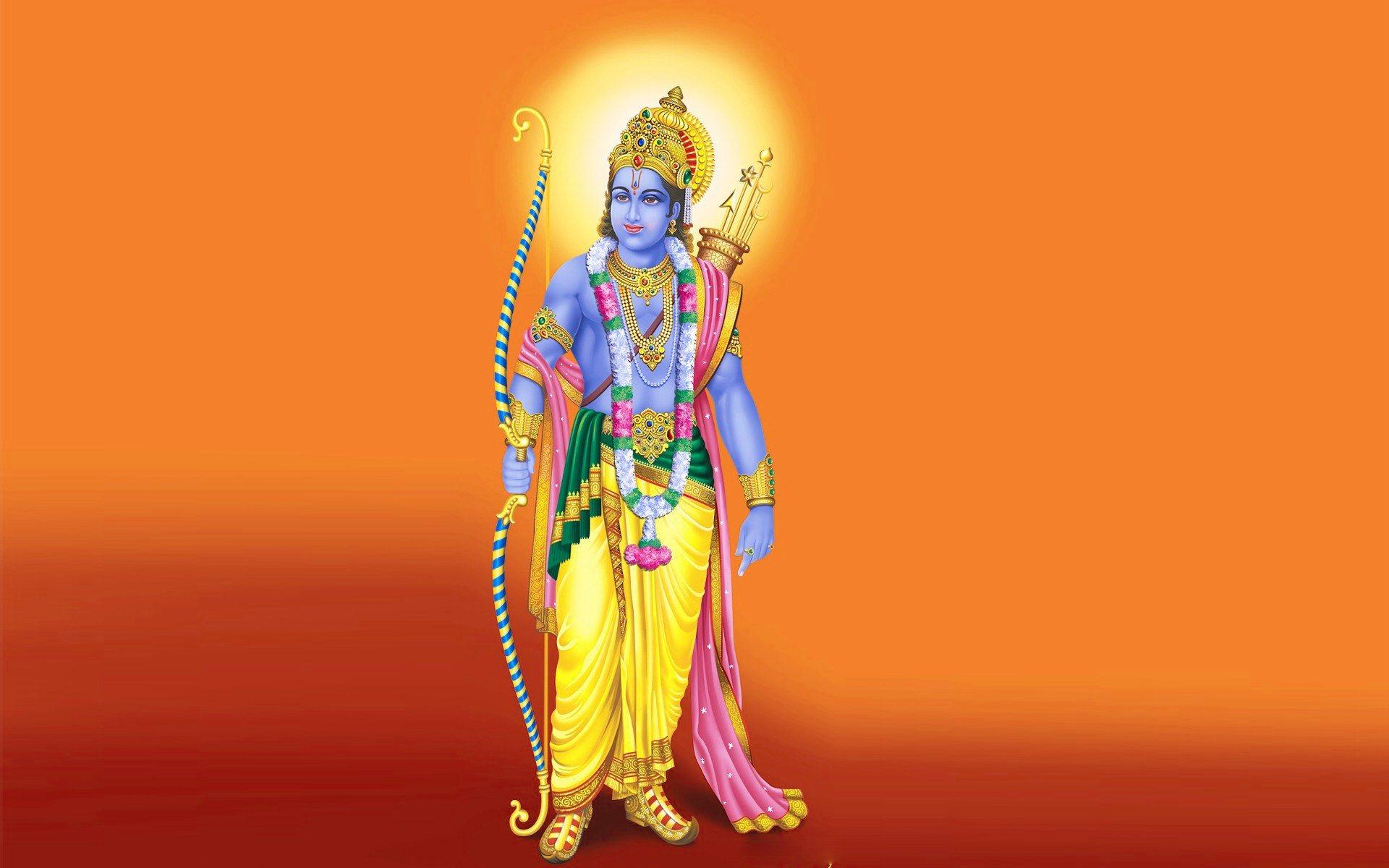
- Vashishtha Maharshi, the Raghu dynasty’s guru, gave Lord Ram his name.
- Ravana had a boon and was not immune to human beings, therefore this was done on purpose. Ram avatar would not have been classified as a human if he had been the Purna avatar. Purushottam is another name for him. Paripurna and Swarupavasthitha were the two Kalas who were missing. This explains why he had to enlist the assistance of monkeys and why, when Sita was kidnapped, he grieved like a regular human being.
- One day, Yama disguised himself as a Rishi in order to meet Ram privately. However, He stipulated that anyone who intrudes on their privacy should face the death penalty. During their conversation, Lakshmana was tasked with controlling the gates. Unfortunately, Rishi Durvasa arrived to meet Ram at that time and insisted that he be allowed in right away or he would burn the entire city of Ayodhya. As a result, He entered Sri Ram’s chamber, prompting Ram to sentence His beloved Lakshmana to death.
- Lord Ram accepted the challenge and effortlessly completed the task. Parshuram suddenly realised he wasn’t an ordinary person.
- While hunting the forest for Sita, Lord Ram and Lakshman came across a demon named Kambadh, whom they killed. Lord Ram had previously challenged Parshuram, another incarnation of Lord Vishnu, to string Lord Vishnu’s bow. Lord Ram accepted the challenge and effortlessly completed the task. Parshuram suddenly realised he wasn’t an ordinary person.
- Lord Ram’s Death – Ram would not die because Hanuman would not let Yama reach Ayodhya to seize Rama. To divert Hanuman’s attention, Ram tossed his ring through a fissure in the floor, instructing Hanuman to retrieve it. After descending, Hanuman arrived in the country of serpents and requested Ram‘s ring from the King. The king revealed to Hanuman a vault containing all of Ram‘s rings. He explained to a surprised Hanuman that when a Ram is about to die in the cycle of time, he puts a ring through the crack so that a Hanuman can be distracted from his vigil.
- When Lord Ram was a kid, he flung his toy and it landed on Manthara’s hunch. Manthara exacted her vengeance through Kaikeyi, who exiled Lord Ram for 14 years.
- Lord Ram’s name appears 394 times in the Vishnu Sahasranama, which is a collection of Lord Vishnu’s thousand names.
- Lord Ram is thought to be Lord Vishnu’s seventh incarnation out of ten. Matsya (fish), Kurma (tortoise), Varaha (boar), Narasimha (man and lion), Vamana (dwarf), and Parshurama are Lord Vishnu’s avatars before Lord Ram, whereas Krishna, Buddha, and Kalki appear later (to be incarnate).
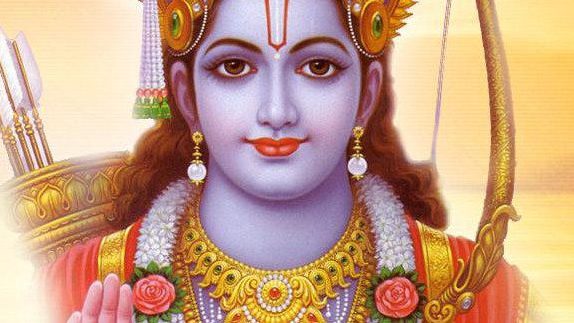
THE MOST ANCIENT HUMAN DEITY
Ruler Ram is known to be the most seasoned god revered in human structure, as he was brought into the world in the Treta Yuga, which is thought to have finished 1,296,000 years prior. Lord Vishnu took on the forms of Vamana and Parashurama in the Treta Yuga, in addition to Lord Ram.
THE NAME RAMA IS SAID THREE TIMES, WHICH IS EQUIVALENT TO RECALLING THOUSANDS OF GODS
According to the Mahabharata, Lord Shiva once declared that repeating the name of Ram three times grants the same grace as uttering the names of a thousand deities. You’ll be shocked to learn that in meditation, Lord Shiva is also known as Lord Ram. Let’s put it that way.
THE ONE WHO WON THE BATTLE AGAINST LORD RAM
To protect “Yayati,” the king of Kashi, Lord Hanuman battled alongside Lord Ram. Ram came to destroy the King of Kashi on the direction of Rishi Vikramaditya. Lord Hanuman began chanting Lord Ram to assist the King of Kashi in the war. Lord Ram’s arrows had no impact on Hanuman as a result, and Lord Rama had no choice but to accept his defeat.
RAM SETU’S STRUCTURE AND LENGTH
The Vanar Sena constructed Ram Setu from Rameswaram in Tamil Nadu to Mannar in Sri Lanka. “Nal” and “Neel” were the bridge’s chief craftsmen. This bridge was around 30 kilometers long and took six days to construct.
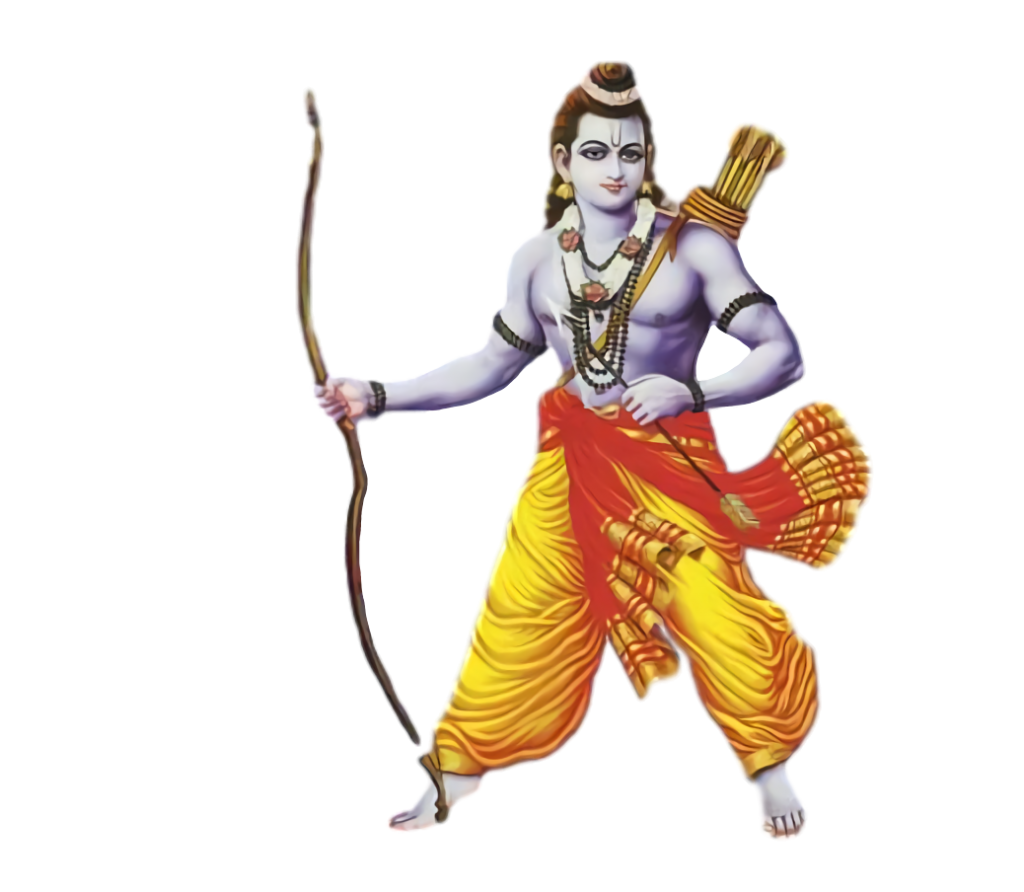
LORD RAMA’S REIGN
For eleven thousand years, Lord Rama governed the country of Ayodhya. “Rama Rajya” is the name given to this glorious period.
King Dasharatha and Rani Kaushalya of Ayodhya had a son named Lord Ram. Lord Maharishi Valmiki was the first to write the Ramayana. Since then, several people have written the Ramayana in various languages, the most renowned of which is Tulsidas’ “Ramcharitmanasram.”
Lord Ram and Lakshmana were kidnapped by Ravana’s brother Ahiravan, who transported them to Hades to offer sacrifices to Mahamaya Devi. By murdering Ahiravan, Lord Hanuman set Ram and Lakshmana free.
Ram is said to have abandoned the earth after taking water Samadhi in the Saryu River, just as Sita did after being absorbed in the soil.
Lord Ram has shown us the principles of the correct way. Ram Navami is a day to commemorate and practice all of these virtues. So, on this Ram Navami, let us all adopt Ram’s wonderful values in life and seek his blessings. There is a rationale behind Lakshman’s no-sleep penance. Everything happens for a cause in the epic Ramayana. Ravana’s (the Ramayana’s primary antagonist) son Meghnad had a curse that he could only die at the hands of a Gudakesh person. Lakshman’s victory against his sleep earned him the title of Meghnad Slayer called Indrajit. The latter is one of the Atimaharathi class fighters who wield Trimurti – the three formidable Astras (weapon systems) Brahmandastra, Vaishnavastra, and Pashupatastra.
On the third day of the battle, Lakshman utilizes Anjalika-Astra to kill Maghnad. It’s worth noting that defeating him was crucial to the story’s development.
Many people are aware that Lord Hanuman is also known as Bajrang Bali, and in some parts of India, this identity is preferred. However, not everyone is aware of the name’s origin.
Lord Hanuman was a faithful servant of Ram. Hanuman once questioned Sita why she put sindoor on her forehead. She said that the sindoor was a symbol of her absolute love and respect for Ram because she is his wife and companion. Hanuman then proceeded to wrap his entire body in sindoor as a show of his dedication, love, and responsibility as Lord Ram’s protector.

